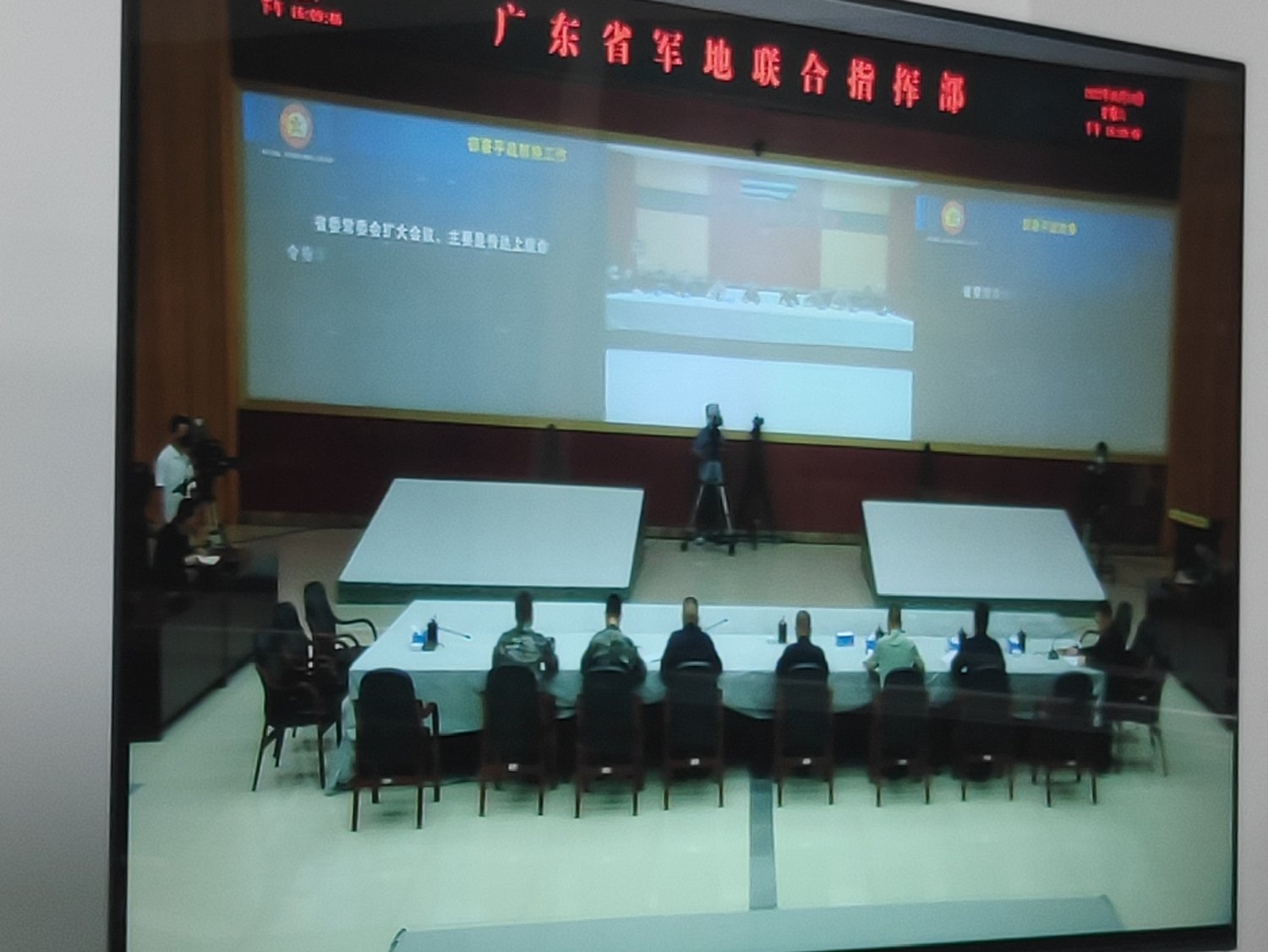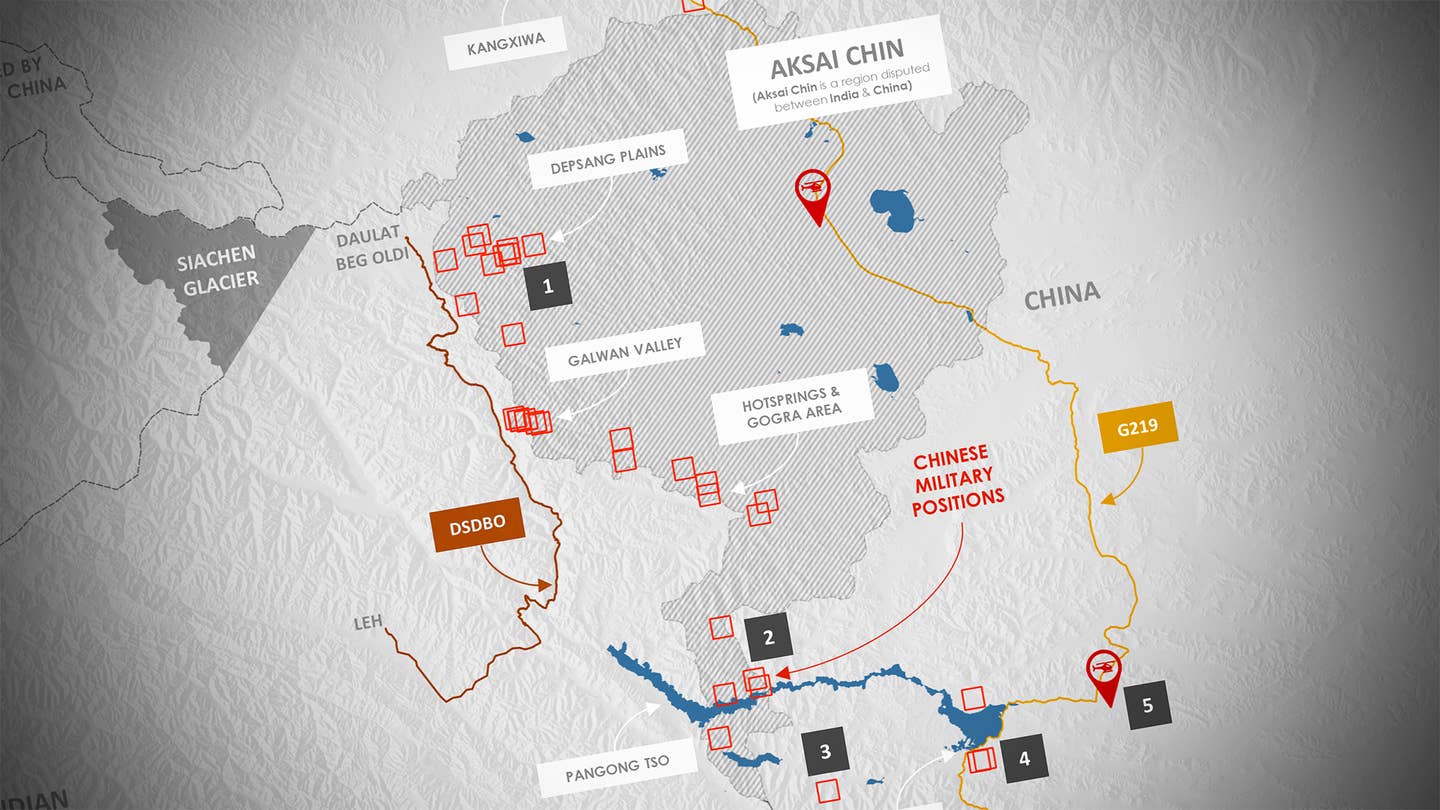Evan Dyer

One day after Russian tanks broke through Ukrainian border posts on February 24, the U.S. Cybersecurity and Infrastructure Security Agency (CISA) issued a rare "Shields Up" alert warning that "every organization — large and small — must be prepared to respond to disruptive cyber activity."
The expectation was that Russia would attack not only Ukraine but also Ukraine's western allies.
For some reason, that hasn't really happened in a big way.
"We haven't seen anything that we can directly attribute to Russia turning its sights to Canada," Sami Khoury, head of the Canadian Centre for Cyber Security, told CBC News. "There's been probably spillover effects in some cases, but we haven't seen anything that is directly targeted at the Canadian infrastructure or Canadian ecosystem."







:quality(100)/cloudfront-us-east-1.images.arcpublishing.com/thesummit/O2OIIBT5EZFL7HM6AVBVCWD7TM.jpg)
:quality(100):focal(1947x1666:1957x1676)/cloudfront-us-east-1.images.arcpublishing.com/thesummit/RCOSSCUCCFEDNBCFSPAIXACBHI.jpg)
:quality(100)/cloudfront-us-east-1.images.arcpublishing.com/thesummit/QN52KP22GREBVCMC76ULXWB3TY.jpg)

 S
S








:quality(70)/cloudfront-us-east-1.images.arcpublishing.com/mco/IWUIL5JWYJANTIBHXHI3TZSFZU.jpg)